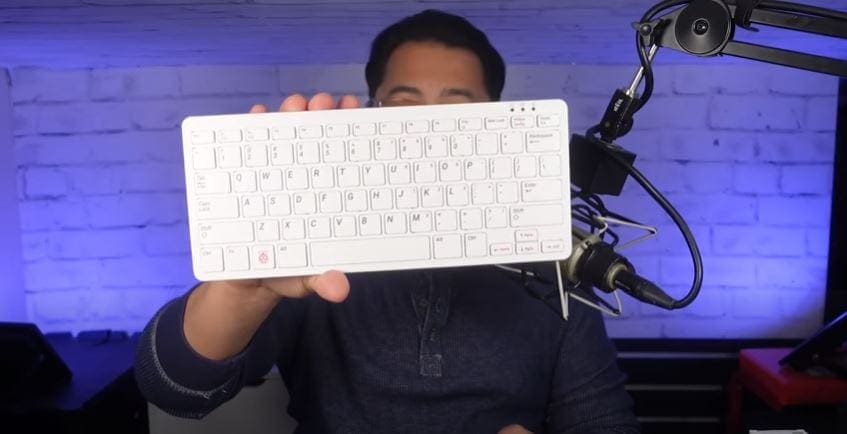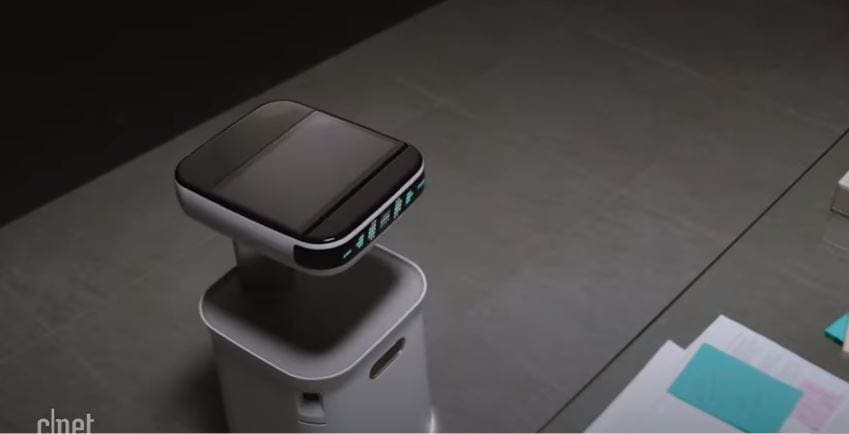Computers are complicated, and it can be difficult to know where to start when something goes wrong. Thankfully, many common issues are easy to fix. This article will provide a step-by-step guide to fixing common computer problems.
1. Slow Computer
If your computer is running slow, there are a few steps you can take to try to speed it up.
a. Restart the computer: Sometimes all it takes to fix a slow computer is a simple reboot.
b. Uninstall unnecessary programs: Uninstalling programs you don’t use can free up space on your hard drive and can help improve your computer’s performance.
c. Clean up your hard drive: Use a program like CCleaner to delete temporary files and other unnecessary items.
d. Update your software: Make sure you have the latest versions of all the programs on your computer.
2. Computer Won’t Turn On
If your computer won’t turn on, it could be a hardware or a software issue.
a. Check the power cable: Make sure the power cable is securely connected to both your computer and the wall socket.
b. Check the power button: Make sure the power button is working properly by testing it with a multimeter.
c. Check the RAM: If your computer won’t turn on, it could be a RAM issue. Try removing the RAM and re-seating it.
d. Reset the BIOS: Resetting the BIOS can often fix hardware problems.
3. Blue Screen of Death
The Blue Screen of Death (BSOD) can be a frustrating problem to deal with.
a. Check for hardware problems: Check for any recently installed hardware that could be causing the BSOD.
b. Uninstall recently installed software: If you recently installed software that could be causing the BSOD, try uninstalling it.
c. Run a system restore: Running a system restore can often fix the BSOD.
d. Update your drivers: Make sure your device drivers are up to date.
4. Malware
Malware can be a serious issue and can cause a lot of damage to your computer.
a. Run an antivirus scan: Use an antivirus program to scan your computer for any malicious software.
b. Install an anti-malware program: Install a program like Malwarebytes to scan your computer for malware and remove it.
c. Update your software: Make sure all the software on your computer is up to date to reduce the risk of infection.
d. Use a firewall: Make sure your computer’s firewall is enabled to help prevent malware infections.
5. Printer Problems
Printer problems can be frustrating, but they are usually easy to fix.
a. Check the printer cable: Make sure the printer cable is securely connected to both the computer and the printer.
b. Check the printer settings: Make sure the printer is set up correctly in the computer’s settings.
c. Update the printer driver: Make sure you have the latest version of the printer driver.
d. Clean the printer head: Cleaning the printer head can often fix issues with print quality.
Conclusion
These are just a few of the most common computer problems and how to fix them. If you’re having an issue that isn’t listed here, the best place to start is by doing a Google search for the specific problem. Many people have had the same issue before and have published their solutions online.



